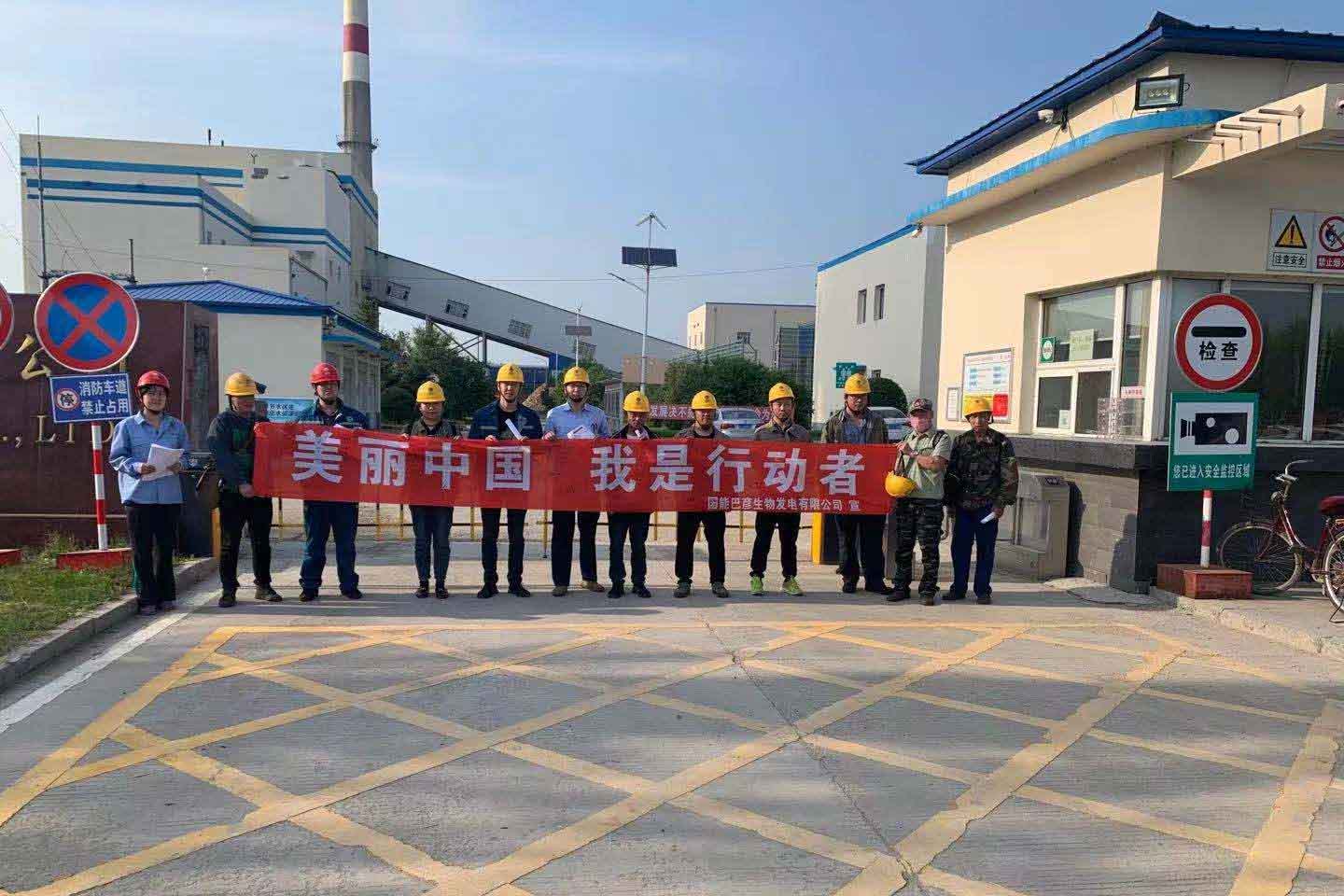Biomass replaces fossil fuel generated electricity
This carbon offset project is a biomass power-only plant located in the Heilongjiang Province, China. Local biomass feedstocks, (maize straw and rice straw), and other forestry residues, are collected and transported by local farmers. The residue is processed to generate electricity with the help of a 30 MW power generator. The project is designed to supply 190,440 MWh per year to the Northeast China Power Grid.
Without the project, the biomass residues would be burnt in an uncontrolled manner or would be dumped or left to decay, which would result in higher methane emissions. The power generated in the biomass plant replaces the same amount of electricity generated by fossil fuel power plants and thereby avoids about 172,090 tonnes CO2 per year. The local community is also positively impacted by the improvement of the economy and living conditions.

How biomass projects help contribute to climate action
Biomass refers to organic residues such as tree branches, leaves, sawdust, wood chips or coconut shells. Those are of a biogenic, non-fossil nature that can be used to generate renewable energy. One way to generate renewable energy, among others, is to fire kilns using biomass. This process prevents harmful smoke and large quantities of CO2 to be released.
As an additional greenhouse gas reduction measure, biomass climate projects mostly prevent biomass from rotting in the open air, so that no methane (CH4) is released. Biomass projects in the ClimatePartner portfolio are registered with international standards.
Explore our projects
Biochar for Climate Action, Healthy Soils, and Better Harvests

A certified climate project combined with additional commitment

Expansion of renewable energy generation in Asia

Ceramic water filters save CO2 and improve health

Improved cookstoves worldwide – for better health and cleaner air

A certified climate project combined with additional commitment

Powering access to renewable energy in Africa

A certified climate project combined with additional commitment

Restored ecosystems remove carbon

Turning degraded farmlands into healthy ecosystems

Improved cookstoves - better for health and the environment






